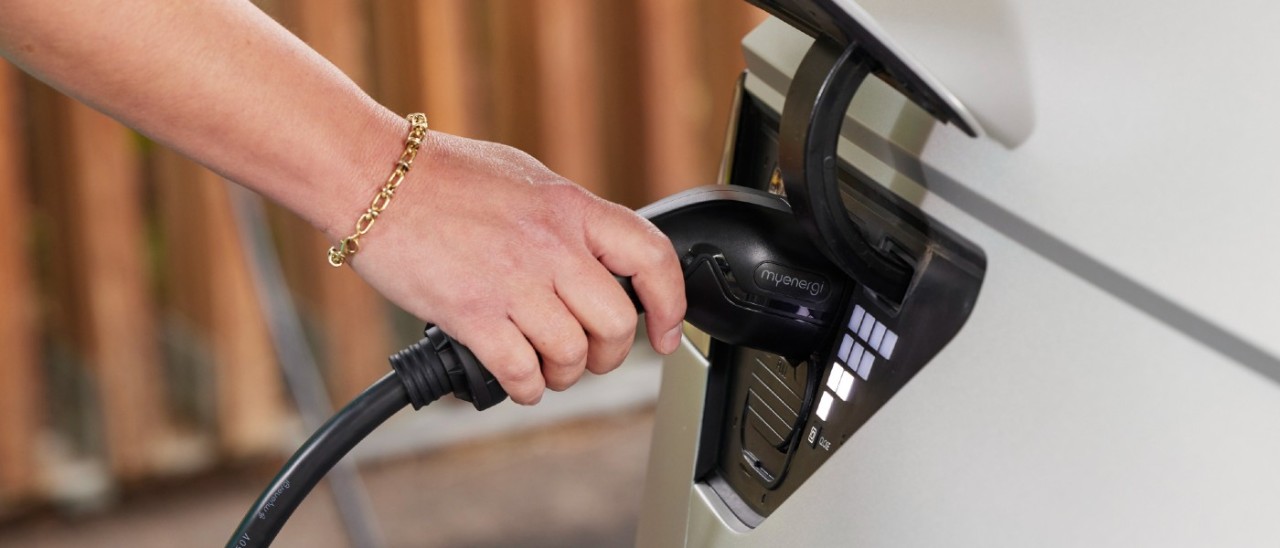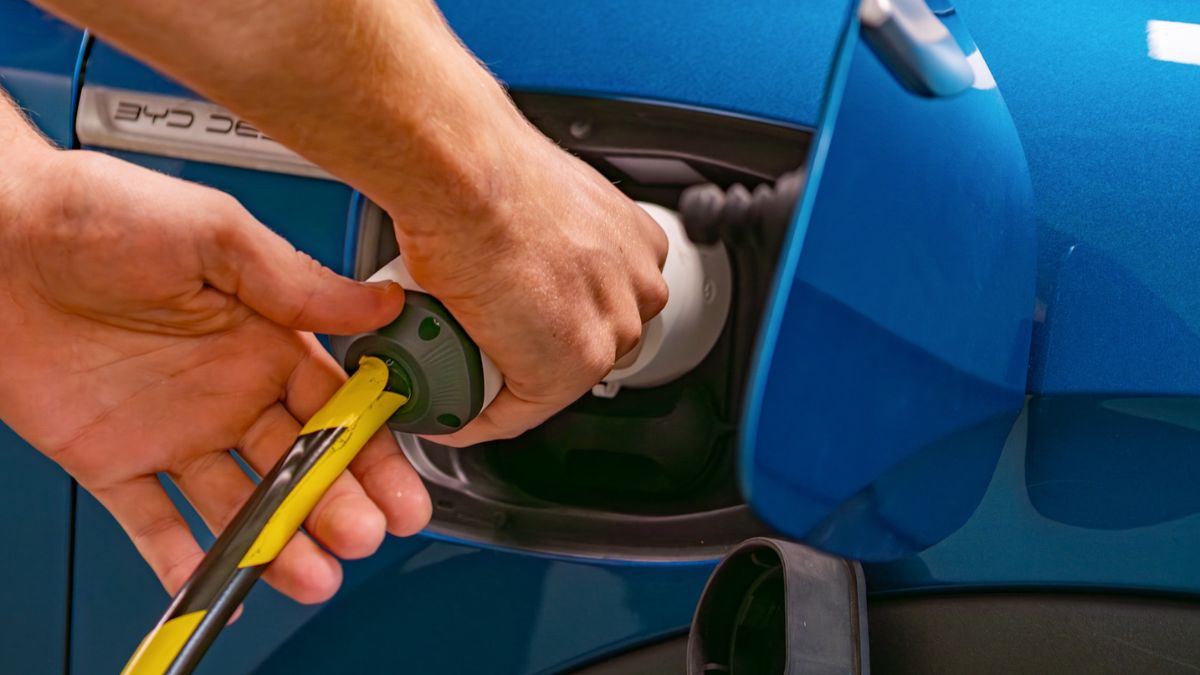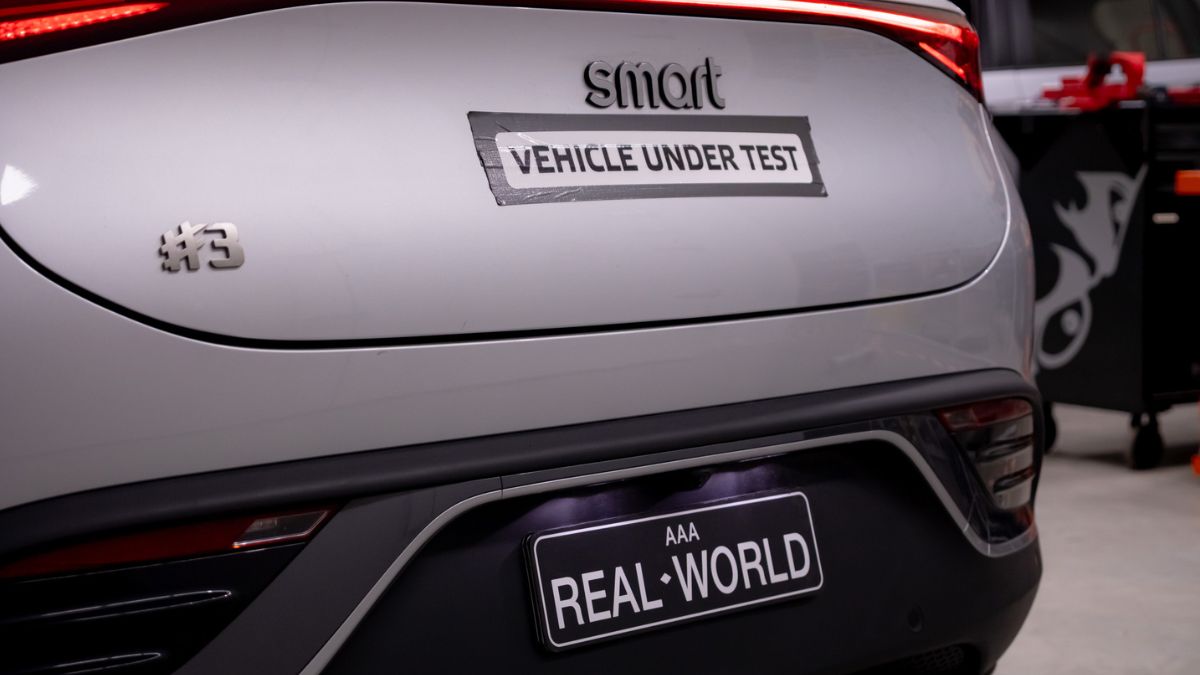The Australian Automobile Association (AAA) has revealed the latest round of Real-World Testing program results, which will empower motorists and fleet buyers to make purchasing decisions based upon real-world running costs.
Does your electric vehicle match its driving range claim?

How accurate are electric vehicle driving range claims? For the first time, Australia's Real-World Testing Program has put electric vehicles under the microscope, testing energy consumption and driving range claims on a single charge. Here are the results for five popular models.
The Australian Automobile Association (AAA), the nation’s peak motoring body, has already tested fuel consumption and emissions performance for conventionally powered vehicles, publishing results for more than 100 hundred petrol, diesel and hybrid vehicles.
Now it has turned its attention to electric vehicles, including SUVs, and shown that consumers cannot rely on the driving range claims and energy consumption figures provided at point of sale.
The Australian Automobile Association's (AAA) Real-World Testing Program's first batch of five vehicles found the driving range and energy consumption figures were between 5 per cent and 23 per cent less than the manufacturers' recorded in their mandatory laboratory tests.
The BYD Atto 3 recorded the biggest difference, with a range variation of 23 per cent less than claimed in the laboratory test. The Tesla Model 3 recorded 14 per cent less range, while the world's best selling EV, the Tesla Model Y and Kia EV6 both achieved 8 per cent less. The Smart #3 was closest to its claimed range with a 5 per cent difference, achieving a real-world testing range of 432km against a claim of 455km.

The BYD Atto 3 achieved a real world testing driving range of 369km, 23 per cent less than its 480km (NEDC) claim.
Electric vehicles: Real-world driving range
All five test vehicles were driven around a 93km circuit in and around Geelong, Victoria. The test uses strict testing protocols based on European regulations to ensure results are repeatable and to minimise the influence of human factors such as driving style and changing traffic flows.
EV range was measured by quantifying both the energy need to drive a vehicle around the test route and the energy needed to recharge each vehicle's fully depleted battery.
Results were compared with the data presented on the Australian Government's Green Vehicle Guide and showed the Smart #3 achieved the closest range to its claim at 432km compared to 455km (WLTP), a variation of -5 per cent. The Tesla Model Y had the furthest driving range of the cohort, with a real world result of 490km compared to its claim of 533km (WLTP).
The Kia EV6 showed a similar variation to the Tesla Model Y with 484km test range against the claimed 528km (WLTP). The next best performer was the Tesla Model 3 with a 14 per cent variation, achieving a rear world result of 441km compared to 513km (WLTP).
The worst performing vehicle was the BYD Atto 3, which was 23 per cent down on its driving range claim, the real world test result showing 369km against a claim of 480km (NEDC).
| Electric Cars and SUVs | |||
|---|---|---|---|
|
Tesla Model 3 |
513 |
441 |
-14% |
|
BYD ATTO3 |
480 |
369 |
-23% |
|
Tesla Model Y |
533 |
490 |
-8% |
|
Kia EV6 |
528 |
484 |
-8% |
|
Smart #3 |
455 |
432 |
-5% |
Note: electric range figures quoted are reported in accordance with the Australian Government's regulated standard, Australian Design Rule 81/02, and published on the Australian Government's Green Vehicle Guide

The real-world EV range test program is carried out under strict protocols
Electric vehicles: Real-world energy consumption
In addition to comparing driving range against the manufacturer's claims, the AAA Real-World Testing Program also assessed each vehicle's energy consumption, which determines the operating costs of the vehicle. This is a separate laboratory test to the electric range statement, and another data point which car manufacturers are legally obliged to report at the point of sale.
The Tesla Model Y achieved energy consumption of 167Wh/km compared to the claimed 169Wh/km of its sticker, representing a one per cent improvement. The BYD Atto 3 was again the worst performer of the group, recording a real-world energy consumption figure of 180Wh/km compared to its reported 149Wh/km - a 21 per cent variation.
The Kia EV6 showed an energy consumption of one percent higher than its lab result, the Smart #3 was four per cent higher than its sticker, while the Tesla Model 3, the only car in the test group, showed an energy consumption which was six per cent higher than the official lab test.
| Electric Cars and SUVs | |||
|---|---|---|---|
|
Tesla Model 3 |
132 |
140 |
+6% |
|
BYD ATTO3 |
149 |
180 |
+21% |
|
Tesla Model Y |
169 |
167 |
-1% |
|
Kia EV6 |
165 |
166 |
+1% |
|
Smart #3 |
163 |
170 |
+4% |

The Smart #3 had a real-world driving range which was five per cent lower than its laboratory test claim
Electric driving range test will help overcome range anxiety
An AAA poll, conducted in July 2025, showed that 60 per cent of potential EV buyers identified vehicle range and recharging as "the main concerns or hesitations" that might prevent them from choosing an electric vehicle (not a hybrid) for their next car purchase.
The real world testing results will give consumers a clearer picture of how their choice of electric vehicle will perform in the real world and the likely achievable range.
"As more EVs enter our market, our testing will help consumers understand which new market entrants measure up on battery range," AAA Managing Director Michael Bradley says.
"Our program will bring confidence to Australian fleets and families looking to buy an EV."
Looking for our most read electric vehicle articles?

This is the first year that electric vehicles have been included in the AAA real-world testing program
Australia’s Real-World Testing Program for fuel efficiency
The AAA Real-World Testing Program is funded by the Commonwealth with bipartisan support and will test up to 200 of Australia’s most popular makes and models, including conventionally powered vehicles, hybrids and electric cars.
Its creation followed the Volkswagen scandal of 2015, which demonstrated that regulation of vehicle emissions incentivises carmakers to optimise laboratory performance. This means that laboratory results cannot be relied upon to replicate real-world performance, which can be misleading for consumers and regulators alike.
Independent, real-world data becomes increasingly important as pressure mounts on carmakers to reduce fuel consumption and emissions from their new vehicles and comply with the Federal Government’s New Vehicle Efficiency Standard, which began on 1 July 2025
Before launching the Program, the AAA conducted more than 20 tests on its reference vehicle (a Toyota RAV4) with test protocols found to deliver results varying by less than 2.5 per cent.
The information provided is general advice only. Before making any decisions please consider your own circumstances and the Product Disclosure Statement and Target Market Determinations. For copies, visit racv.com.au. As distributor, RACV Insurance Services Pty Ltd AFS Licence No. 230039 receives commission for each policy sold or renewed. Product(s) issued by Insurance Manufacturers of Australia Pty Ltd ABN 93 004 208 084 AFS Licence No. 227678.


